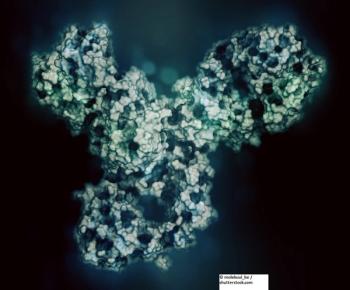
A set of reproducible biomarkers are associated with better response rates to anti–PD-1 therapy in patients with advanced melanoma.

Your AI-Trained Oncology Knowledge Connection!


A set of reproducible biomarkers are associated with better response rates to anti–PD-1 therapy in patients with advanced melanoma.
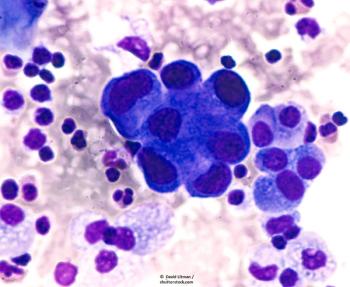
A rapid EGFR-specific assay allowed for quicker identification of EGFR mutation–positive NSCLC, and thus a shorter time to initiation of EGFR-directed therapy.
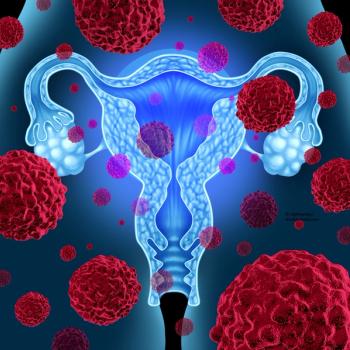
The intratumoral vasculature of high-grade serous ovarian cancer does not appear to undergo significant changes during disease progression.

Treatment of high-risk melanoma with adjuvant bevacizumab following resection improves disease-free survival over standard observation, but not overall survival.
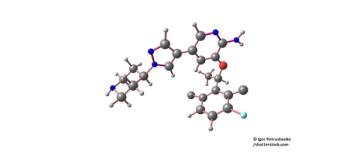
Researchers identified the percentage cutoff for ALK positivity that is needed for clinical utility in ALK-positive NSCLC.

Recent use of aspirin or NSAIDs is associated with improved ovarian cancer–specific survival.
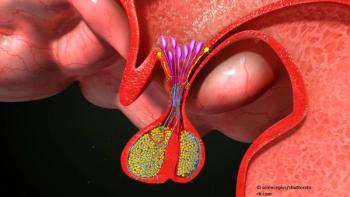
Melanoma patients who were treated with glucocorticoids for ipilimumab-induced hypophysitis had improved survival outcomes if they received low doses.
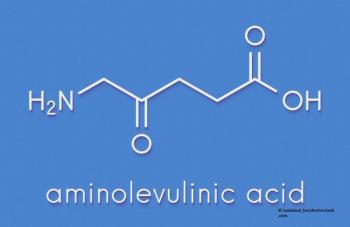
TURBT with fluorescent light source using oral 5-ALA is well tolerated in non–muscle-invasive bladder cancer.

Patients with muscle-invasive bladder cancer who underwent trimodal therapy had significantly poorer survival than those who underwent radical cystectomy alone.
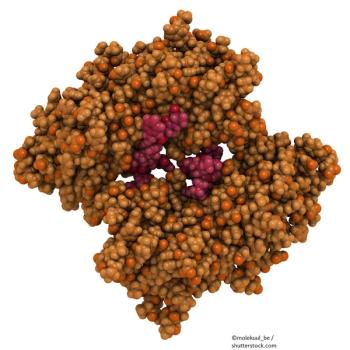
Germline BRCA mutations and other HR genes may offer biomarkers for response to this treatment.

The gardening intervention led to improvements in physical activity measures and other health outcomes in breast cancer survivors.

Immune checkpoint inhibitors initiated soon before or after radiosurgery offer excellent outcomes in patients with brain metastases originating from melanoma.

An update to guidelines from ASCO on the optimal management of patients with HER2+ breast cancer offers recommendations on timing and sequence of therapies.

The combination of an oncolytic virus with ipilimumab yielded a significantly higher response rate vs ipilimumab alone in patients with advanced melanoma.
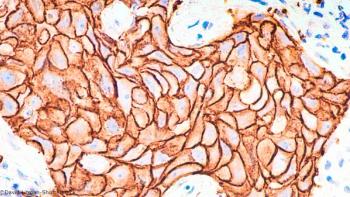
Direct measurements of TRBV genes could provide a biomarker to predict response to dual HER2 blockade in women with HER2-positive breast cancer.

The inverse association with premenopausal breast cancer was seen across the entire distribution of BMI, and at a higher magnitude than previously reported.

An antigen-specific immunotherapeutic known as MAGE-A3 was no better than placebo for the adjuvant treatment of stage IIIB or IIIC melanoma.

A large genomic analysis identified more than 60 new prostate cancer susceptibility loci, including one locus significantly associated with early onset.

A new study identified several metabolites and metabolic indicators as potential biomarkers for recurrence risk in non–muscle-invasive bladder cancer.

A phase II study found that the FGFR inhibitor erdafitinib yields a good response rate and was well tolerated in patients with urothelial carcinoma and FGFR alterations.

In women with ovarian cancer, those with early life adversity and anxiety had more dysregulation of cortisol, suggesting they may be at risk for more negative outcomes.

Treatment with the second-generation EGFR TKI dacomitinib resulted in improved overall survival over gefitinib in patients with NSCLC and activating EGFR mutations.

The trastuzumab biosimilar ABP 980 showed noninferiority to trastuzumab in a large trial of patients with early HER2-positive breast cancer.

Nab-paclitaxel/carboplatin should be considered a first-line option in the setting of triple-negative breast cancer.

The combination of the PARP inhibitor olaparib and abiraterone offered improved efficacy in patients with metastatic castration-resistant prostate cancer, but at what cost?

The HER2 TKI tucatinib plus capecitabine or trastuzumab were reasonably well tolerated and showed antitumor activity in a phase I trial of HER2+ breast cancer.

Among former heavy smokers, the risk for lung cancer remains significantly increased compared with never-smokers, even more than 25 years since quitting.

Current smokers at the time of primary treatment for localized prostate cancer have a higher risk of negative outcomes, including recurrence, metastasis, and mortality.

Secondary cytoreductive surgery was not associated with improvement in either OS or PFS in patients with platinum-sensitive recurrent ovarian cancer.

After 4 years of follow-up, pembrolizumab demonstrated durable antitumor activity and improved outcomes over ipilimumab in advanced melanoma.